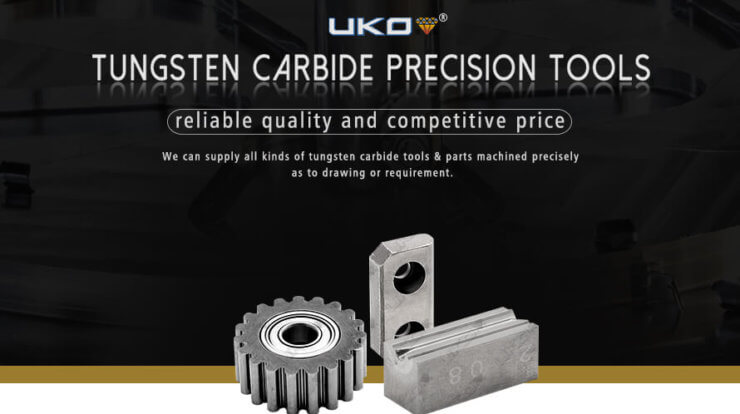
Cemented carbide materials have superior performance, so they are widely used in industry. Good wear resistance and high hardness make it suitable for manufacturing carbide wear parts, mechanical parts and wire drawing dies that are resistant to high temperature, friction and corrosion. In recent years, in a variety of industrial applications, cemented carbide has become the best choice to replace steel.
As small as the tip of a ballpoint pen, as large as a punching machine, a drawing die, or a rolling mill used in the steel industry, the wear-resistant parts can be produced with cemented carbide. Most of the hard alloy wear-resistant parts and drilling tools are directly made of tungsten cobalt. Fine-grained and ultra-fine-grained cemented carbide is becoming more and more important in wear-resistant parts, cutting cast iron parts, non-ferrous alloys, and wood cutting tools.
The first submicron cemented carbide was launched in the 1970s. Some people realized that the smaller the particle size of tungsten carbide, the better the hardness and wear resistance of the cemented carbide. Since then, this fine structure of cemented carbide has become more and more refined.
What are the industry applications of carbide wear parts?
Different grades of cemented carbide have different application ranges for cemented carbide blanks and their wear-resistant accessories:
- Mechanical sealing ring: In pumps, compressors and agitators, cemented carbide sealing rings are used as mechanical sealing surfaces. At the same time, cemented carbide is widely used in oil refineries, petrochemical plants, fertilizer plants and pharmaceutical production industries.
- Drawing: In order to meet the needs of the metal drawing industry. Higher hardness and toughness enable these products to withstand high temperatures and pressures. The use of wear-resistant parts with superior wear resistance can produce ideal product quality, surface treatment and dimensional accuracy, while also extending the service life of the product.
- Metal ring: The application of hard alloy wear-resistant parts in the spinning and weaving industry, especially in the jute weaving industry is reflected in the metal ring. This is to prevent the vibration and displacement of the jute yarn during high-speed rotation, and to enable the machine to run smoothly.